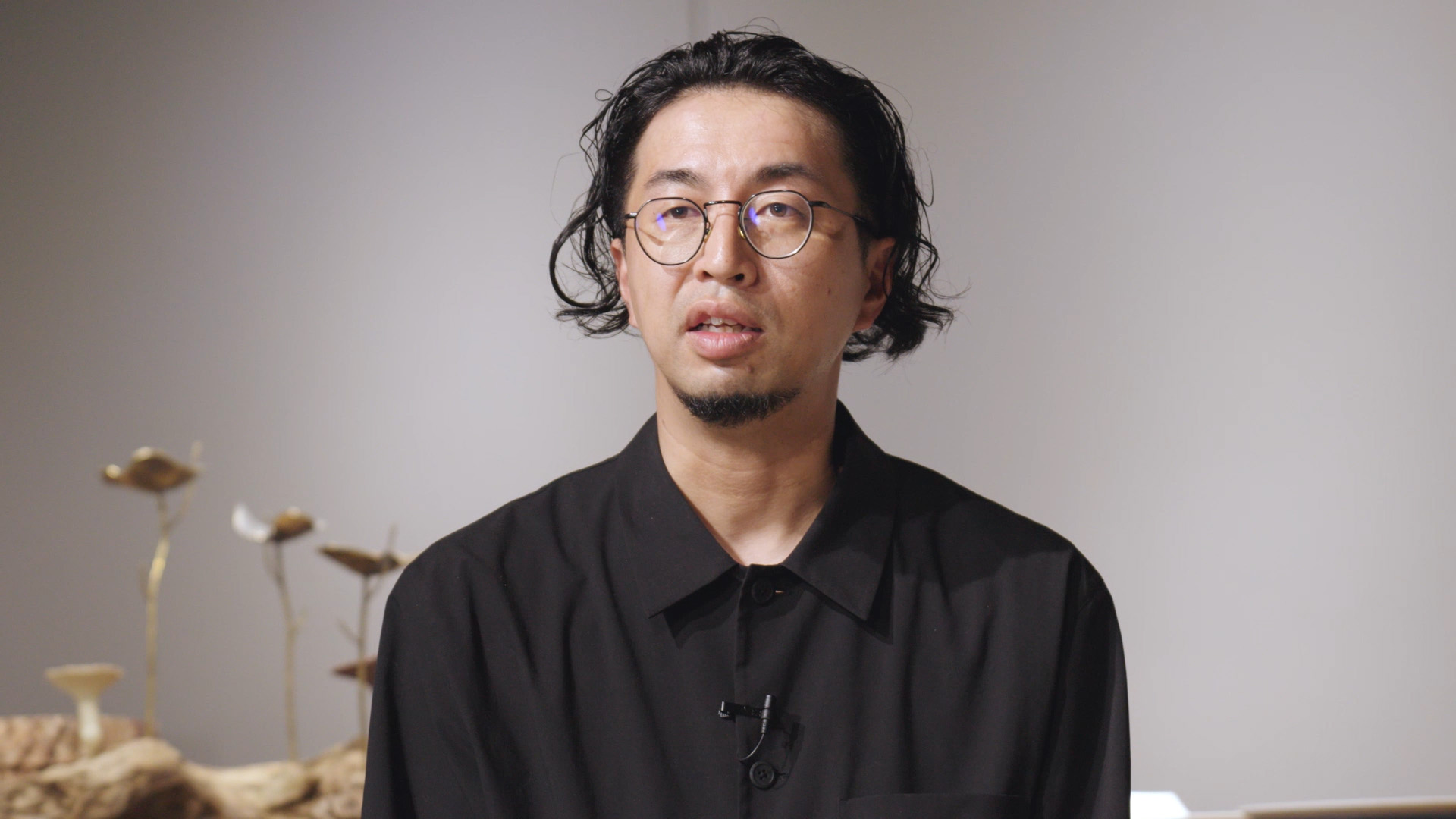“Future of Life” Creator’s Voice Vol. 1, Spotlight on secca – Art cooperation on “Life 1000 Years in the Future: Mahoroba” and “50 years in the Future”
secca inc.
UEMACHI Tatsuya, YANAI Yuichi
Current job responsibilities
Uemachi:
As the CEO, my role is to continue dreaming about the future and the vision our company organization should strive towards. I also work on creating unique products only available at secca, as well as concept creation, planning, product design framework development, and design work for other companies.
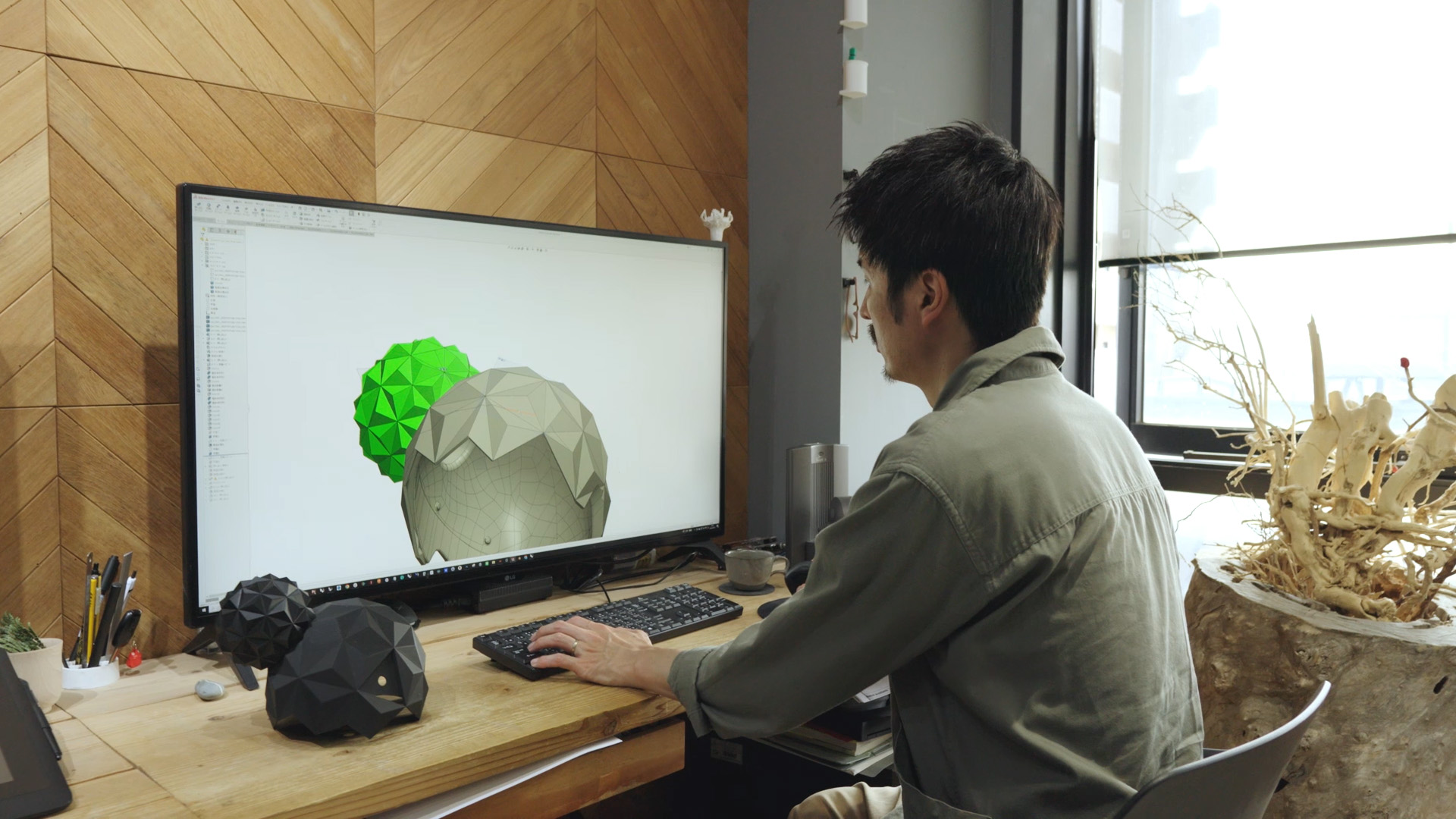
Yanai:
I am in charge of creative management at secca. We craft items by hand in our studio and use materials to give visual form to concepts in order to install those concepts into society.
Role in Future of Life
We were given the role of using everything from words to visuals to communicate the kind of future we want to envision in the Pavilion. Working from the secca base in the city of Kanazawa, with its deep roots in craftsmanship, I feel like this project became the challenge of using handicrafts to see just how much we could interweave the human future and warmth into a robotic form.
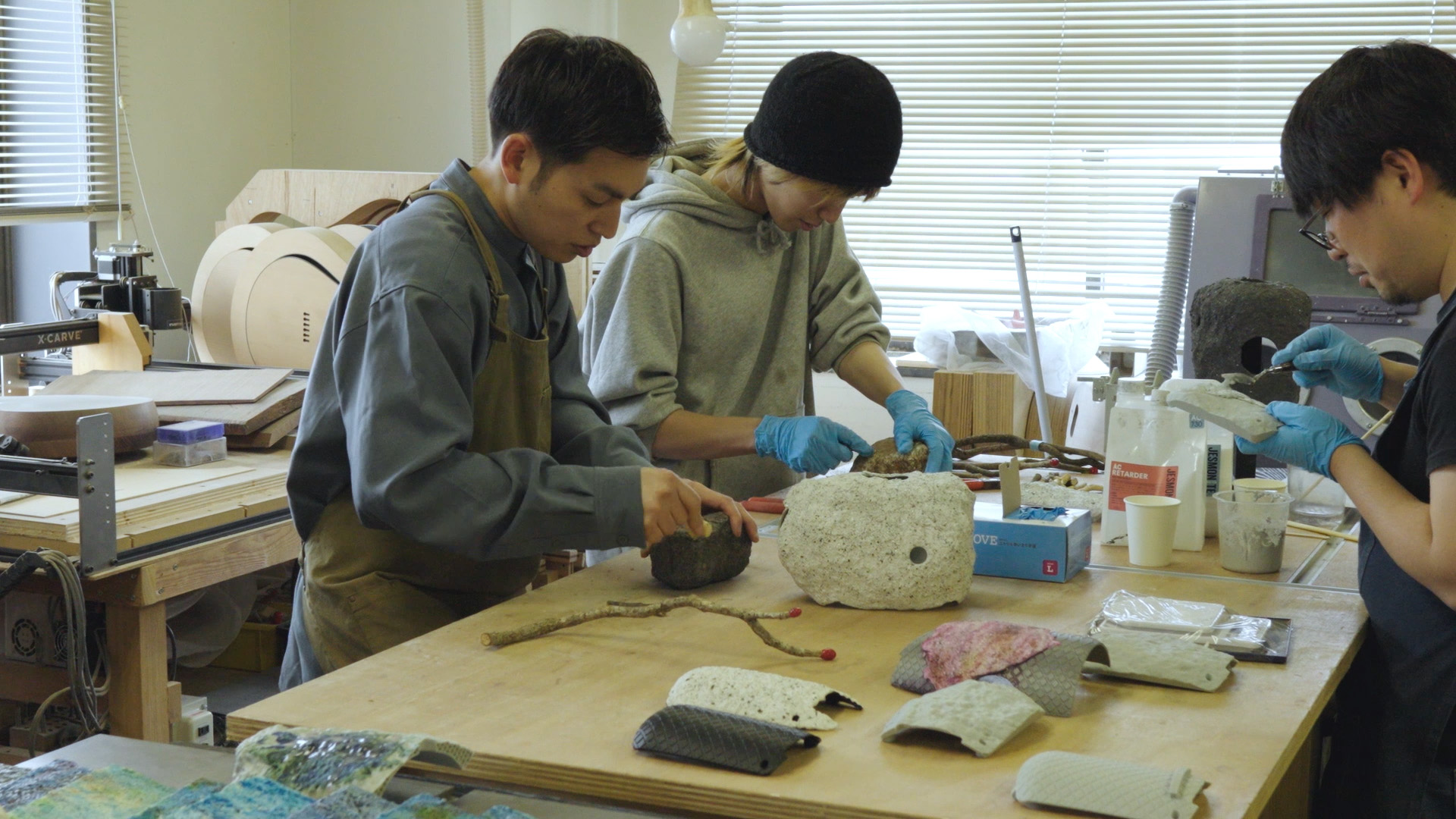
Responsibilities and duties at the Pavilion
In Zone 3, “Life 1000 Years in the Future: Mahoroba,” we participated in discussion on concepts such as what life may be like for humans living 1,000 years in the future, what the hopes and dreams of those humans might be, and what kind of human race we want to evolve into.
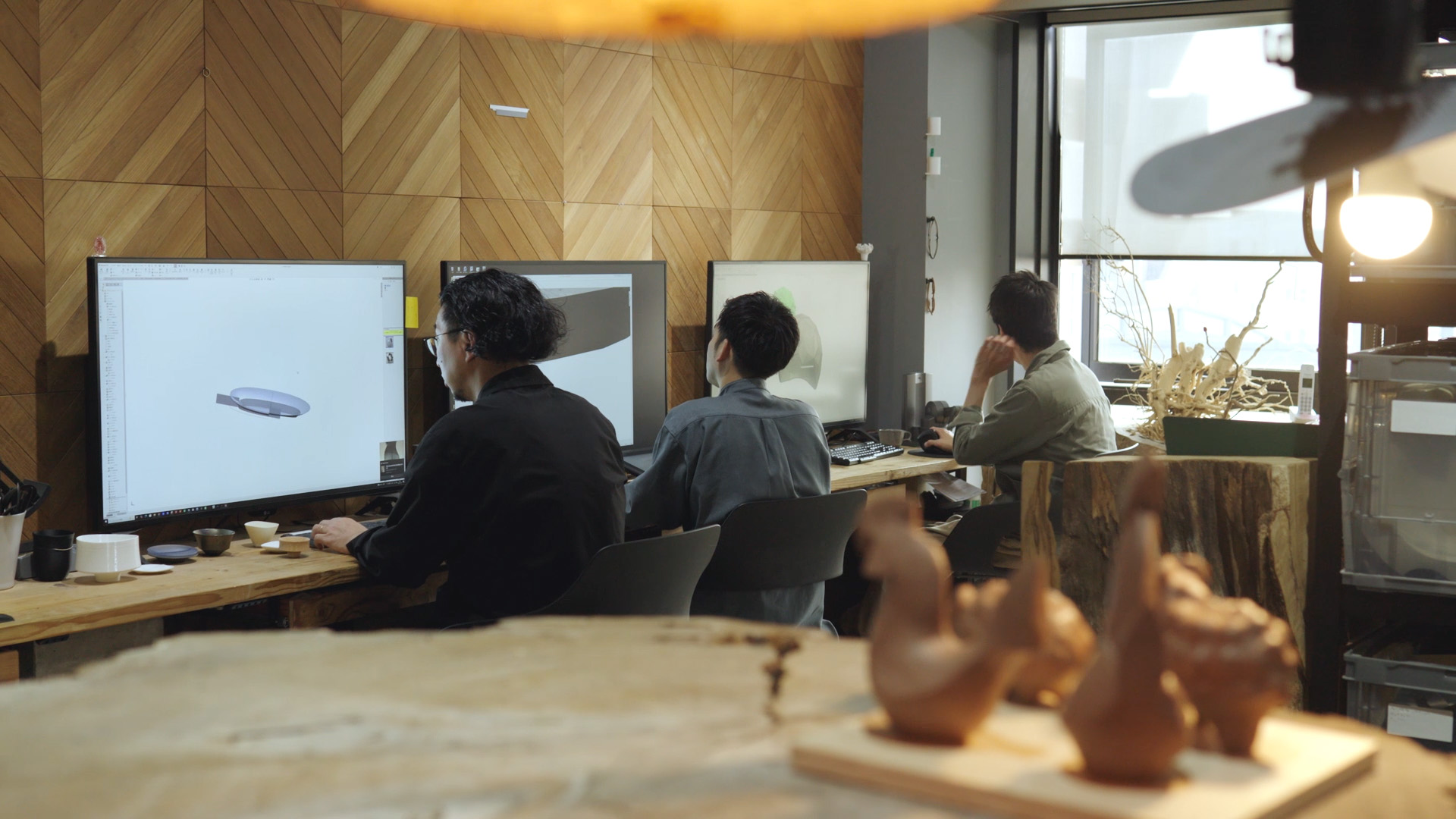
For the robot Petra that appears in Zone 2, we took on the role of bringing form to the framework of a design planned by Android/Robot Designer MATSUI Tatsuya.
We also created some of the parts for the android avatar Yui.
Feelings on the Pavilion, the exhibits, and the product concept
Uemachi:
<On the topic of Petra>
Up until now, robots have been symbolized in terms of their mechanical structures, like their joints, gears, and hinges. But I strongly resonate with Matsui’s idea that, along with the evolution of technology, robots will become a familiar presence to human beings, like living creatures. And that is the reason I approached robot creation from the angle of Japanese spiritual virtues, like being similar in quality to materials we see around ourselves daily, such as rocks or water, and existing in harmony with us, even without using words.
<On the topic of Zone 3, “Life 1000 Years in the Future: Mahoroba”>
Professor ISHIGURO Hiroshi often said he wished to be freed from the constraints of a physical body as soon as possible. I feel that putting that state of being into a visual format in this project was an endeavor to return to the fundamental questions of what humans are worth and what humanity itself is.
Yanai:
<On the topic of Zone 3, “Life 1000 Years in the Future: Mahoroba”>
I was shocked by the vision of humans a thousand years from now, liberated from their physical bodies, with shorter legs and peach-colored skin as part of their evolutionary process. I felt that we had been given the mission to play a part in shaping the image, in portraying the future not as a dystopia, but as something bright.
Memorable impressions from associating with Producer ISHIGURO Hiroshi
Uemachi:
I was under the impression that we as creators had been assigned to the role of merely actualizing Professor Ishiguro’s ideas, but in the very first meeting, he caught us off guard with the question, “What kind of future do you creators envision?” When I heard this, I felt that he respected the ideas of each creator as well and wanted to make things that only this specific team could achieve, and my level of motivation soared ever higher.
Yanai:
My first impression upon meeting him was that he had the spirit of a young boy. In his unwavering love for making things and his pure ideals, I sensed an intensely kindred soul, and I was extremely attracted to him as a person.
Challenges, innovations, and commitments
Uemachi:
<On the topic of Zone 3, “Life 1000 Years in the Future: Mahoroba”>
At first, confronting philosophical questions was difficult. The idea that humans a thousand years from now might no longer possess physical bodies, might be free from physical constraints… this discussion far exceeded the limits of my own imagination. But because of that, the process became a challenge to let my thoughts expand.
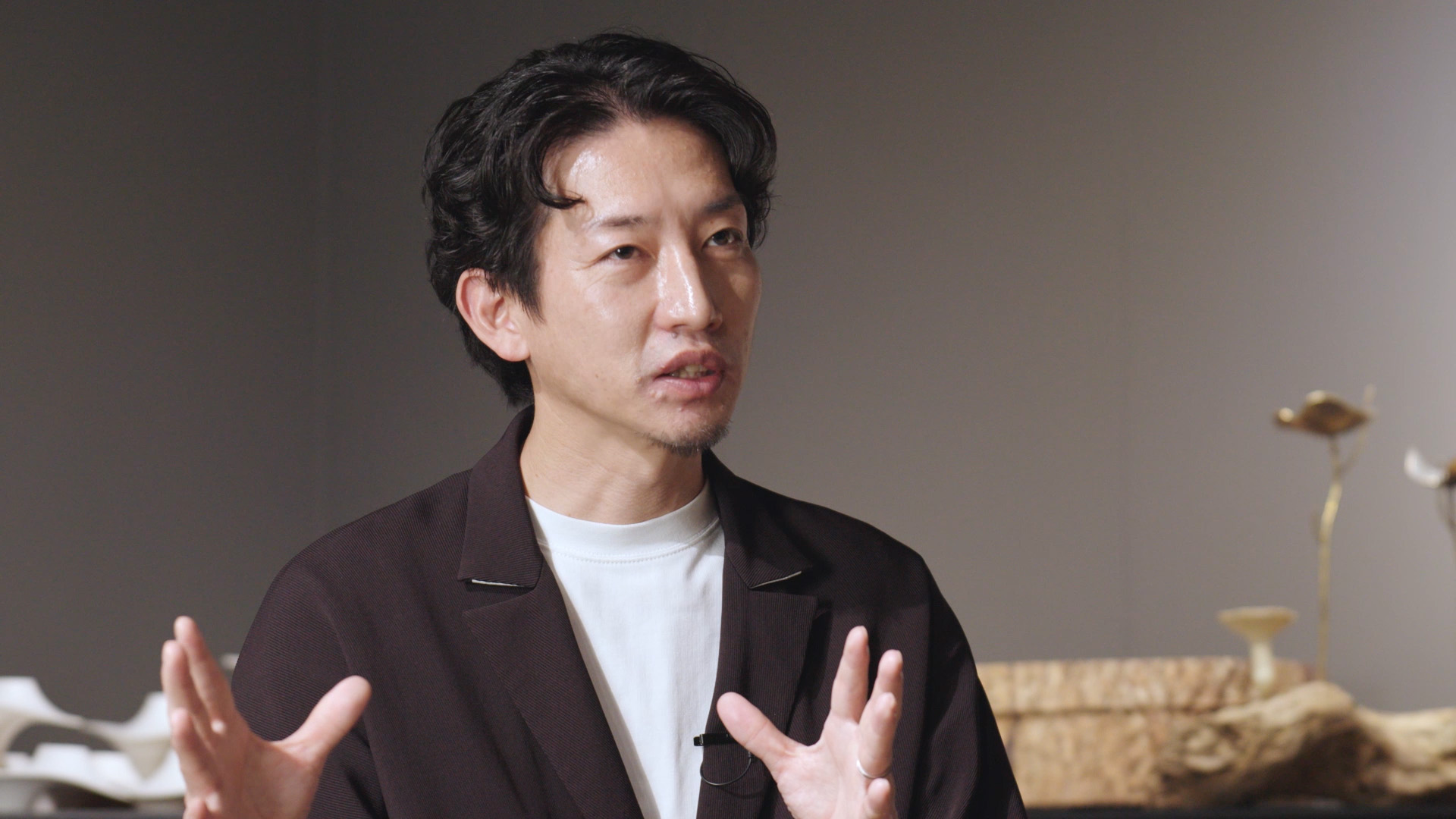
<On the topic of Petra>
I believe that at an expo, it is essential to showcase hope and possibilities that make many people want to work towards making the exhibited future vision come true. This is why we were very careful to create exhibits that weren’t flimsy or fakes that would detract from the realism.
Yanai:
<On the topic of Petra>
I, too, was strongly committed to using real materials to avoid creating something that felt flimsy. That’s why, for Petra, I wanted to hollow out a stone and place the robot’s drive mechanism inside it, and surveyed stones from across Japan.
Due to various constraints, that dream wound up being impossible, and the main material ended up being artificial stone. However, for everything else, we ventured into the mountains ourselves to gather wood, utilized granite powder, and searched for materials on foot to breathe life into the robot’s materials. This process of “creating artificial materials” was a new challenge for us.
Amidst all kinds of constraints on factors other than the materials as well, Matsui and the team worked through trial and error to create about three or four versions of Petra, ultimately giving birth to a version we were satisfied with.
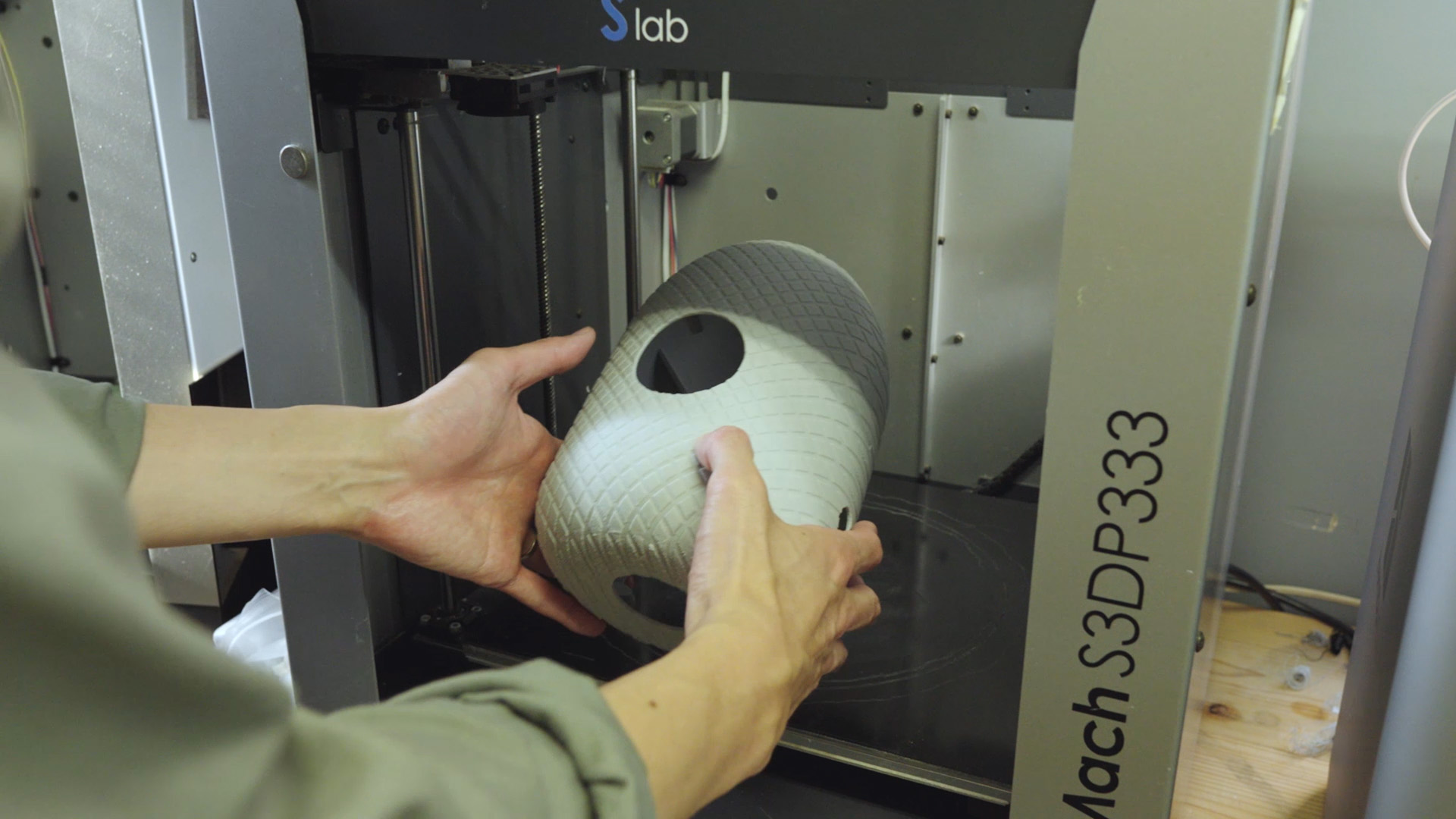
New discoveries
Uemachi:
We consistently prioritize the question of how to move people’s hearts in our activities. Through working with robots in this project, we discovered that moving objects might foster more interactive relationships and bridge greater emotional distances. And I feel that continuing to engage with robots may hold the potential to further realize our goal of moving people’s hearts.
Yanai:
For this project, working with tech experts and engaging with robots was an exciting endeavor. By overlaying our own ideas onto technology, we discovered the joy of seeing new worlds emerge. Viewing Jomon pottery made thousands of years ago can make your heart soar, and in the same way, I believe objects can transcend time to move people’s hearts. Moving or stationary, I want to keep creating things that continue to stir people’s hearts like that.
Lessons learned from the project
Uemachi:
Above all, Professor Ishiguro’s questions and the process of giving them form as a team were truly stimulating. Through this, I feel we created an opportunity to share the fundamental question: What does it mean to be human? Personally, as someone involved in making things, I feel it also gave me a chance to look deeper into my own inner self, asking myself why I want to create things and give them to people. By engaging with that part of myself, I think I learned that perhaps we can also get closer to the inner world of those we provide products to.
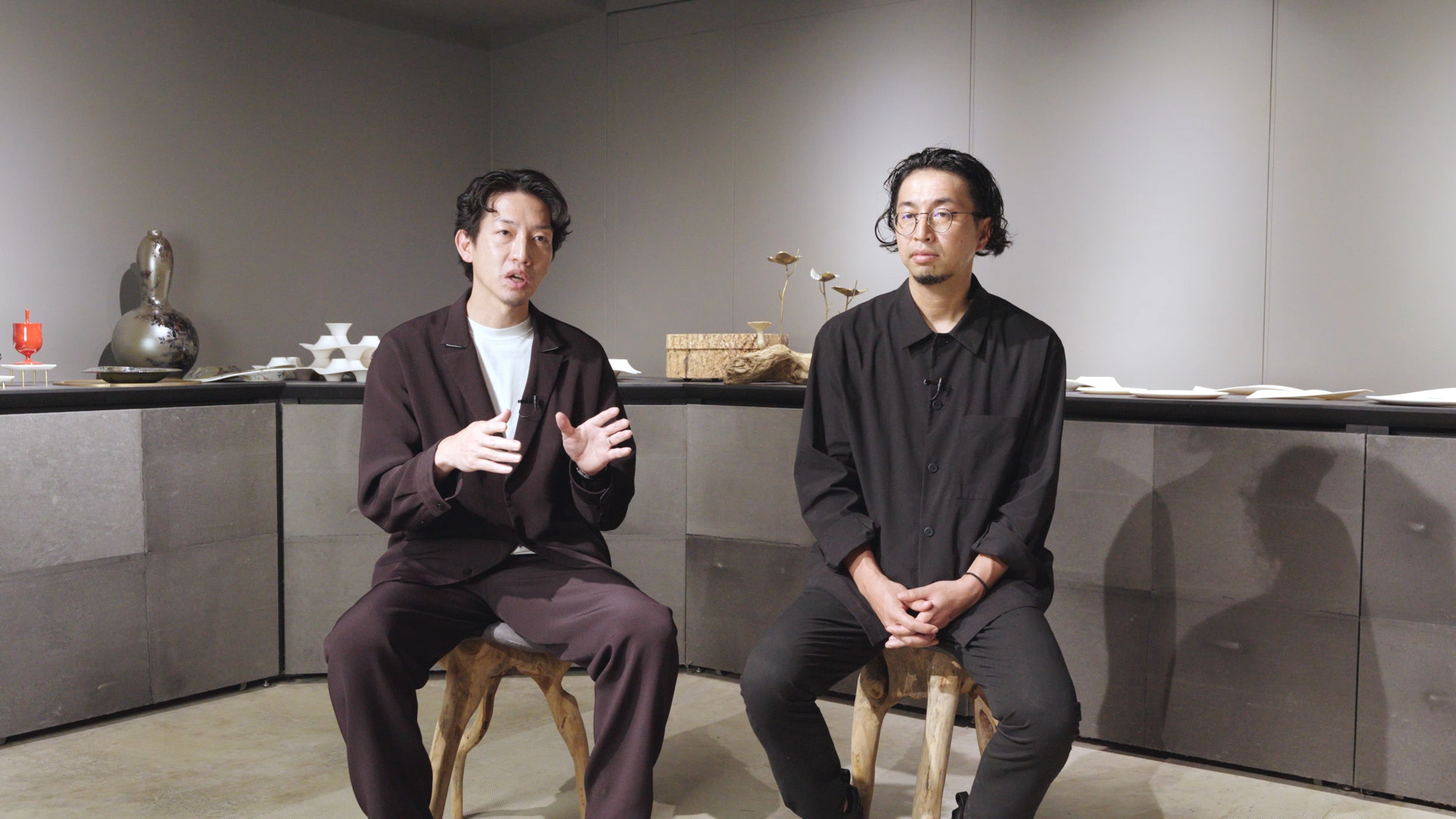
Yanai:
I was amazed by the team’s ability to delve deeply into things, especially Matsui and HIROKAWA Tamae, the latter of whom handled the design and supervision of the android costumes. They have read such a wide range of books, and it made me realize anew that the history and values humanity has built up over time can give us many ideas. We, too, felt inspired to broaden that kind of perspective and challenge ourselves to dive into the type of creation that pulls from references, connects the past to the present, and extends it into the future. It was wonderfully stimulating.
Highlights not to be missed
Uemachi:
Through the story of Zone 2, I hope people will imagine what they might encounter in the near future. I’d also be delighted if people could think of Petra as a robot that helps them experience that future more vividly.
Regarding Zone 3, I imagine people will have different impressions. Some might find it interesting, while others might find it frightening. But I hope the experience doesn’t end with just that impression. I hope it sparks personal reflection into questions like: Would you want humanity to become like this? Or would you reject such a future? Through this process, I believe people can contemplate futures in realms they’ve never considered before, drawing closer to the true meaning we aim to convey.
Yanai:
In Zone 2, visitors can catch glimpses of robots and androids coexisting with humans, so my hope is that everyone looks around carefully and discovers them. I think this is a good opportunity to get a jump start on thinking about a theme related to future ethics: the question of whether you see robots and androids integrated into daily life as mere machines or not. Regarding Petra, it represents a direction that is different from making robots resemble humans. It’s an adorable robot imbued with life through natural elements, so I hope everyone will fully appreciate its charm. Whether humans want a future like the one presented in the Pavilion is something future generations must decide. I believe this Pavilion serves as a catalyst for that reflection.
